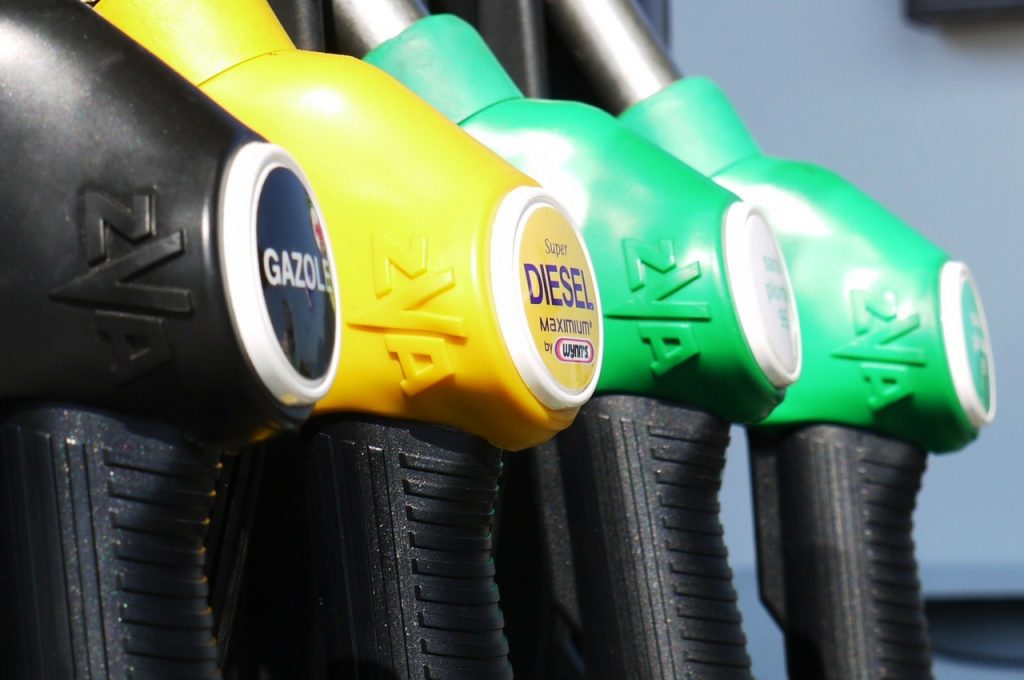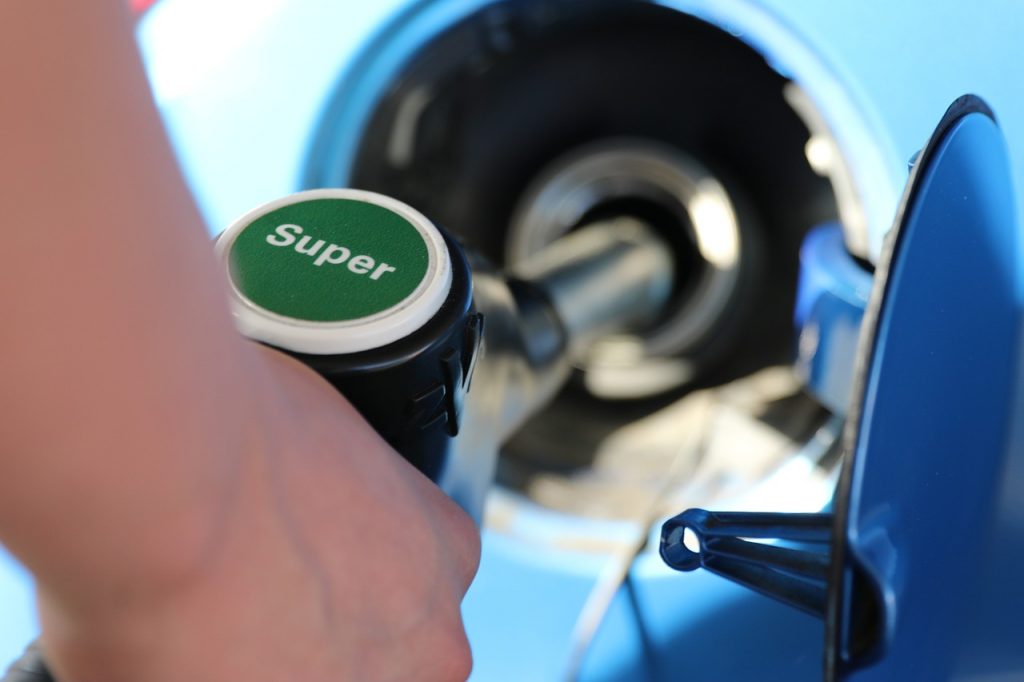Gas Prices Are Soaring To Heights Rarely Seen
Amid stark inflation and overseas turmoil, gas prices are soaring to unprecedented heights and it's likely to get worse.
This article is more than 2 years old

Inflation has taken its toll on the United States in more ways and in more industries than one. Everything is more expensive, everything is more scarce, and it’s not going to get better anytime soon. Now, take the current state of the economy and throw what’s happening overseas between Russia and Ukraine into the mix and you have a recipe that will drive prices for certain things sky-high, primarily oil. NPR reported that gas prices have now reached heights not seen in 14 years just as the country waits to hear whether sanctions will be imposed on Russian oil.
At present, data from AAA reveals that the nation’s average gas prices have reached a mind-boggling high of $4.173 per gallon. The last time prices at the pump were that elevated was back in 2008 after a large economic fallout catapulted the country into a great recessionary period. Tom Kloza, who works for the analyst firm that tracks data for AAA, warned that this could just be the tip of the iceberg. “It is conceivable that we’ll see price moves of 15 cents to 35 cents a gallon this week, and it’s difficult to predict even one day where prices might dip,” said Kloza.
Part of the reason for the swiftly increasing gas prices, in addition to the already present mitigating circumstances, is because gas stations are buying up as much supply as they can all at once. This is because Russia is one of the biggest exporters of oil in the world and there is worry about what will happen should sanctions be placed on that oil. Essentially, the demand has gone up even higher than it was prior to the overseas turmoil beginning because gas station owners are scared and they are trying to safeguard themselves against every foreseeable possibility in the best ways that they know how.

This is not ideal for the end consumer because it is immediately reflected in the price they have to pay at the pump. Moreover, if sanctions actually are put in place, particularly as a unified effort by all the allied forces, gas prices will continue to surge. Brent crude oil barrel prices are currently hovering around $130 each. However, NPR detailed that should collaborative sanctions against Russian oil be imposed, those per barrel prices could climb to $200. A barrel price equaling $200 would mean that consumers would have to doll out close to $6 a gallon on average at the pump.
At present, the Biden Administration is going full steam ahead with trying to find alternative sources of oil to ensure adequate supply should such sanctions be employed. Talks with OPEC members have been underway. However, one option could be looking to our neighbors to the south. Reportedly, the United States has been negotiating with Venezuela in the hopes that they may revise their oil export caps. Here at home, production is supposed to ramp up, too. Domestic oil production is expected to increase by at least 8%. Though, it remains unclear how much that might do to alleviate potential hikes. At this point, it remains a waiting game to see just how high gas prices will climb.






